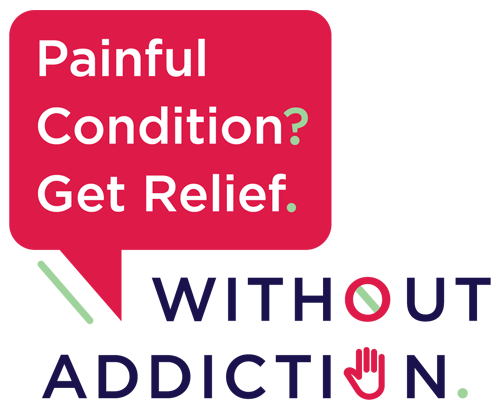The bad news when you suffer from sciatica is that it is uncomfortable. From mild to severe radiating pain, numbness or muscle weakness, the symptoms can disrupt normal life and make everyday tasks feel much more difficult.
The good news about sciatica though is that there are many non-surgical options to alleviate or eliminate your pain. With the right combination of natural remedies, most people find relief in a couple of weeks.
Sciatica pain
The sciatic nerve is the biggest nerve in the body, running from the lower spine, through the buttocks and down the leg. When this nerve is compressed due to a herniated disc or bone spur, it causes pain. Usually the pain only affects one leg, but it can be mild and achy or severely painful, like an electric shock.
Sometimes sciatica sufferers also notice numbness or muscle weakness. If severe, it can affect your bowel and bladder control.
Natural remedies
For most cases though, the main complaint is pain. Before you consider surgery, injections or even physical therapy, try a few of these highly successful home remedies to help you feel better and get back to normal.
Stretch and yoga
Gentle stretching can alleviate some of the pressure on your back. Many people who suffer from sciatica pain spend prolonged periods of time in one position, for example sitting at a desk or standing at work. Yoga, which both stretches and builds muscle, heals tissue damage and promotes good posture, which can decrease your pain. It also increases your mobility and blood flow. Stretches that target the hips, hamstrings, buttocks and calves work well.
Ice and heat
Alternating cold and heat therapy can help alleviate your pain while boosting circulation flow to the affected area. An ice pack or frozen bag of vegetables applied for 15-20 minutes on the area that hurts will provide instant relief. If you follow that cold treatment with a hot bath or heating pad, the heat can penetrate deeper into your body, easing the discomfort at its source. Alternatively, an adhesive heat wrap used for up to eight hours can provide pain relief as well.
Exercise
Physical activity will help your body eliminate pain faster. Exercise increases circulation and healing to the affected areas. It is important to start slow and not over do it. Listen to your body. Start with stretches to warm up and build your endurance and tolerance over time. Go for a short walk or work on your posture. Talk to your doctor about what types of exercises might be best for you.
Topical creams
Over the counter creams and patches provide local numbing and pain relief quickly. Made with oils, herbs and other natural substances, topical creams can be used as needed for relief. They don’t provide long term, deep or lasting treatment, but they are perfect for use in conjunction with other remedies or for a quick fix when you need pain relief fast.
Massage
Massage can help with tingling, numbness and pain in the leg muscles. Professional deep tissue massages can target the muscles that are bothering you the most. But you don’t need to book an appointment to find relief from massage. Rolling an inexpensive muscle roller tool or even a tennis ball on the affected area will provide relief. As always, listen to your body and stop when you feel increased pain.
Rest
Allowing your muscles time to heal and rebuild will greatly affect how you feel. Take breaks during your day, changing body positions from sitting to standing. Lay down for a short rest if possible. Ensure you get a full night’s sleep every night so your body can heal and strengthen itself for the next day.
If you’re ready to supplement your at home treatment with professional care, call your chiropractor for an appointment today. Regular chiropractic care can help with a myriad of health conditions, including pain management. Ask your doctor how regular spinal care fits into a healthy lifestyle.





